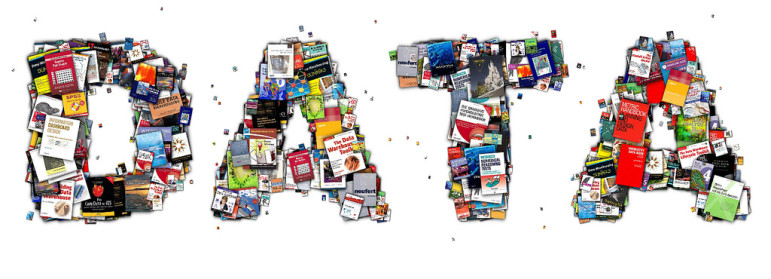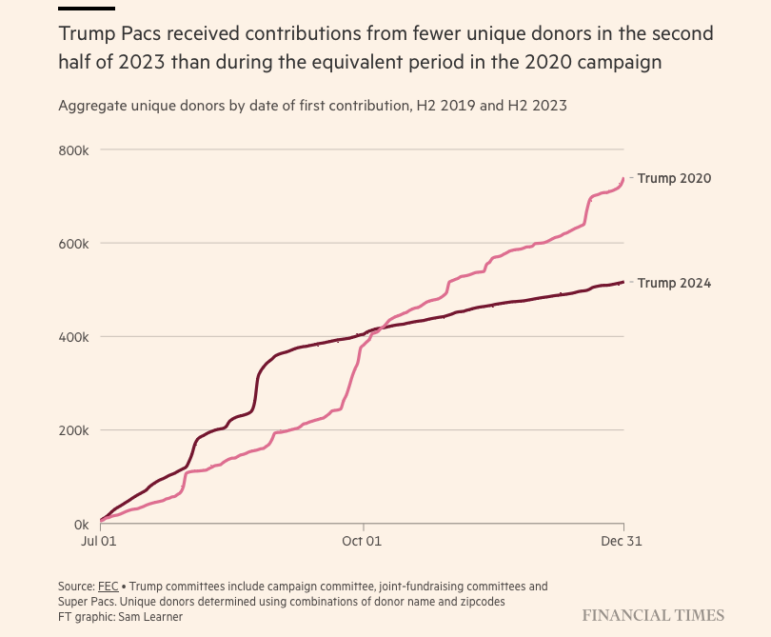

Twelve Tips for Getting Started With Data Journalism

Editor’s note: Nils Mulvad, co-founder and board member of GIJN, and Helena Bengtsson, editor for the Data Projects Team at The Guardian, share 12 tips on how to use data for stories. These were presented at the 2015 conference of Netzwerk Recherche, Germany’s investigative journalism association, in Hamburg.
1. Begin with Small Projects — and Excel
There are many risks for errors in data journalism. Begin with data and tools you can manage. Excel is pretty much 90 percent of all data journalism. It counts for the basic importing and exporting of data, cleaning, sorting and structuring. It is the main tool, before importing data into other tools.
2. Learn Data Tools from Journalists
For journalists to understand the principles of calculating tools, you normally need a journalist as a teacher. It is often necessary to relate the concrete functions to tasks in reporting and story-telling.
3. Check, and Check and Check for Errors
There are nearly always errors in data. Also when you get it from estimated authorities. You have the responsibility to get rid of the errors, before presenting it to the audience. Count totals — check if everything is there or if you’ve missed something.
4. Make Public the Documentation of Your Work
Describe step by step what you have done, so others can check and do the same. It’s normally a good idea to share your data work with sources before publishing — for checking errors and agreeing on methods. In doing so, you also avoid errors and criticism of your methodology, instead of readers focusing on your content.
5. Use Errors to Get Better Internal Sources
When you find errors in data, use them as a way to get closer to the people wo provided the data in the government or other institution.
6. Get the Data
You can get the data just by asking, and they will email them to you. Or you can download it from the web, scrape them or get it using FOI-requests (Freedom of Information). Develop and fine-tune these methods, just as you do with interviews. All are valid journalistic methods.
 7. Analyze the Data — Go for Stories
7. Analyze the Data — Go for Stories
Much data journalism is too much data and too little journalism. We do this to tell stories. If there isn’t a story, don’t tell it. Find the stories and tell them one by one. Using interactive graphics is the same. Break it down to one clear story for each graphic or map. And tell it, so it is possible to understand. Don’t mix everything together in long reads with too many angles.
8. What Is Really the Story — Using Extremes
Think and rethink to find stories in the data — and then check them against reality. The best way to describe stories is in the extremes. Use ranking as one of the best tools — to find errors and to explain the reality. That is journalism.
9. Data Journalism Sometimes Starts with the Story — and Sometimes with the Data
Many journalists think you always should start with a story and then build data around it. But there is no reason for only doing data journalism one way. Sometimes you get a good set of data, and the story is obvious. Other times you have to dive down in the data to see possible stories and then check if they are true.
10. Clean Up Your Data
When there is no data, structuring your own data set might be the best way to make a great story. Diving into data also gives you a feeling of contentment and immerses you in the story. Don’t always leave the hard work to researchers. Love your data.
11. Get Rid of the Numbers
Data Journalism is most often about humans. Get rid of the numbers and find the humans, who are the best examples of your data. Actually sometimes zero numbers are the best way to do a data JOURNALISM story. You then might only include the data in a graphic. Or keep them for later. If you can’t find humans to explain your findings, they might be wrong.
12. Work Together and Share
There is a great history of sharing by people in the data journalism community. This is the only way we can keep up with the speed of the development of tools and methods. This way of sharing is more common here than in perhaps any other area in journalism.
 Nils Mulvad is a co-founder and board member of the Global Investigative Journalism Network, as well as Investigative Reporting Denmark. He is also editor at Kaas & Mulvad, a data journalism consulting firm. He was CEO for the Danish International Center for Analytical Reporting 2001-2006 and European journalist of the year in 2006.
Nils Mulvad is a co-founder and board member of the Global Investigative Journalism Network, as well as Investigative Reporting Denmark. He is also editor at Kaas & Mulvad, a data journalism consulting firm. He was CEO for the Danish International Center for Analytical Reporting 2001-2006 and European journalist of the year in 2006.
 Helena Bengtsson is editor for the Data Projects team at the Guardian. She was formerly the database editor for the news and current affairs departments at Sveriges Television in Sweden. In 2006 and 2007, she was a database editor at the Center for Public Integrity in Washington, D.C.
Helena Bengtsson is editor for the Data Projects team at the Guardian. She was formerly the database editor for the news and current affairs departments at Sveriges Television in Sweden. In 2006 and 2007, she was a database editor at the Center for Public Integrity in Washington, D.C.








